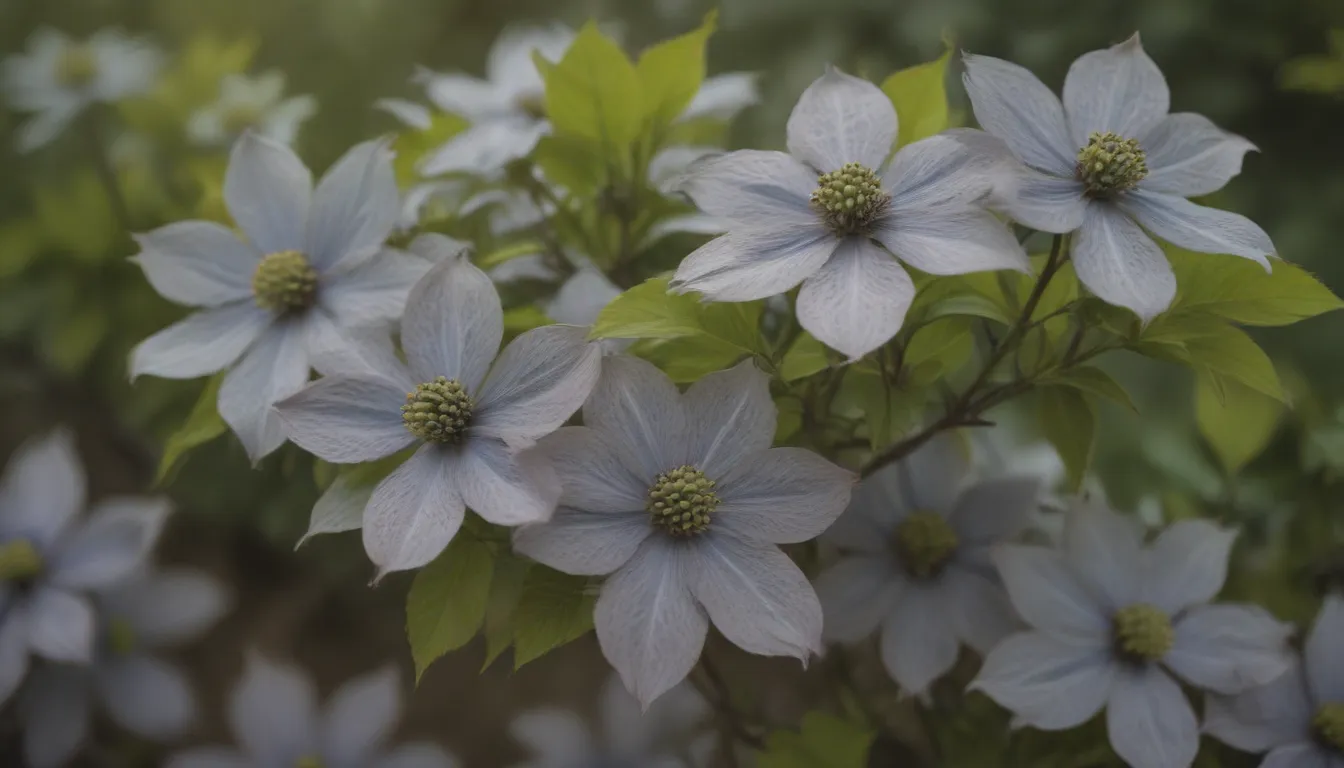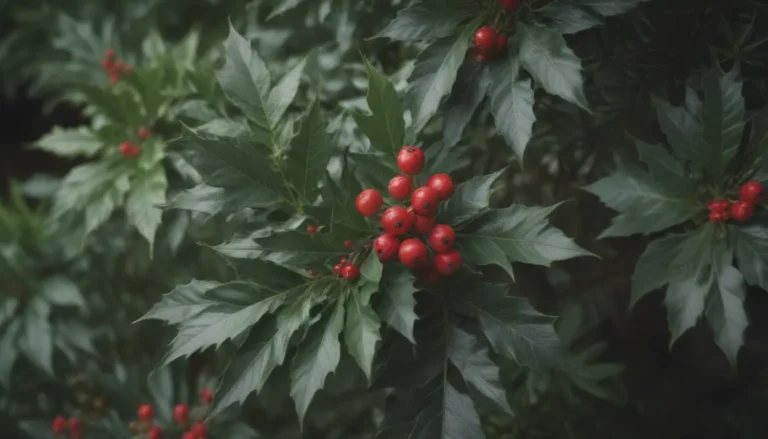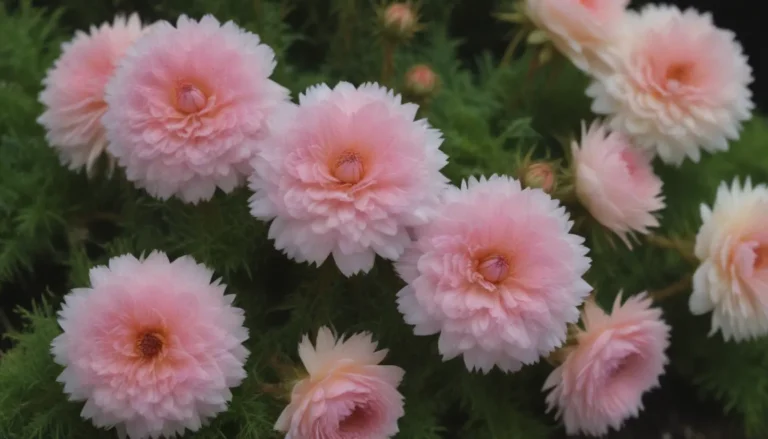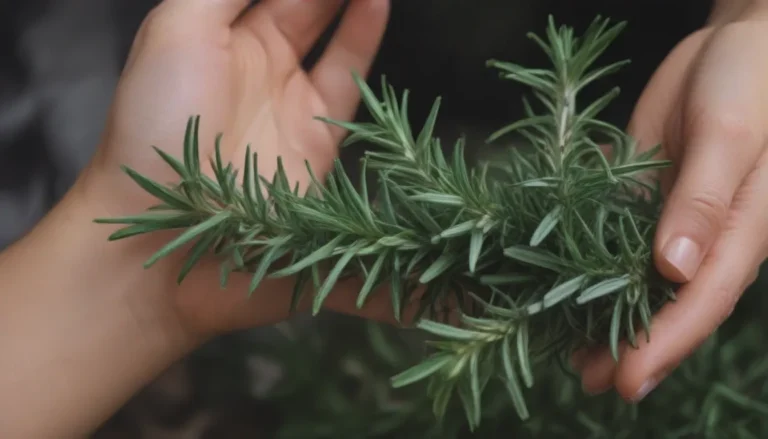Comprehensive Guide to Growing and Caring for Gray Dogwood

Are you looking for a low-maintenance shrub that attracts birds and thrives in a variety of conditions? Look no further than the gray dogwood! In this detailed guide, we will cover everything you need to know about planting, caring for, and propagating this resilient native shrub.
Overview of Gray Dogwood
Gray dogwood, a native shrub, is a versatile and hardy plant that is resistant to many common diseases and pests. While its small creamy white flowers may not be as showy as other dogwoods, it more than makes up for it with its adaptability to various soil types and conditions. Gray dogwood is a great choice for non-formal landscapes and attracts nearly 100 species of birds with its berries.
Benefits of Gray Dogwood
- Disease-resistant variety
- Attracts a variety of birds
- Highly adaptable to different conditions
- Provides erosion control
Considerations for Growing Gray Dogwood
- Requires space to spread due to rapid sucker growth
- Plant in a naturalized setting where it can form colonies
Gray Dogwood Care
Planting
- Plant as a dormant plant in early spring for best results
- Avoid fall planting as seedlings have lower survival rates
Light
- Grows best in full sun or partial sun
- Tolerates shady locations with minimal sunlight
Soil
- Adaptable to various soil types including dry, wet, clay, alkaline, and poor soil
- Consistently moist, well-drained soil is ideal
Water
- Watering needed only after planting until established
- Tolerant of wet or dry conditions
Temperature and Humidity
- Well-adapted to subzero winters and hot, humid summers
Fertilizer
- Avoid over-fertilizing as it can damage the shrub
- Fertilize in spring with a slow-release fertilizer high in nitrogen if soil lacks nutrients
Types of Gray Dogwood
Multi-Stemmed Shrub
- Common form that grows suckers from the base
Tree Forms
- Available with one to several trunks that do not grow suckers
Pruning
- Little maintenance required except occasional shaping
- Suckers grow rapidly and can be pruned to maintain shape
Propagating Gray Dogwood
Cuttings
- Can be propagated through cuttings in early spring
Common Pests & Plant Diseases
Leaf Spot
- May be affected by leaf spot, treat with fungicide sprays
How to Get Gray Dogwood to Bloom
Blooming Process
- Blooms in May or June for 7-10 days
- Produces white berries in August or September
Red Fruit Stalks
- Most attractive feature after berries are gone
- Stalks remain on the shrub until late fall or early winter
Final Thoughts
Gray dogwood is a low-maintenance shrub that offers a host of benefits for your landscape. By following these care tips and guidelines, you can enjoy the beauty and resilience of this native plant in your own backyard. Whether you’re a seasoned gardener or just starting out, gray dogwood is a fantastic addition to any garden or naturalized setting. Happy gardening!





